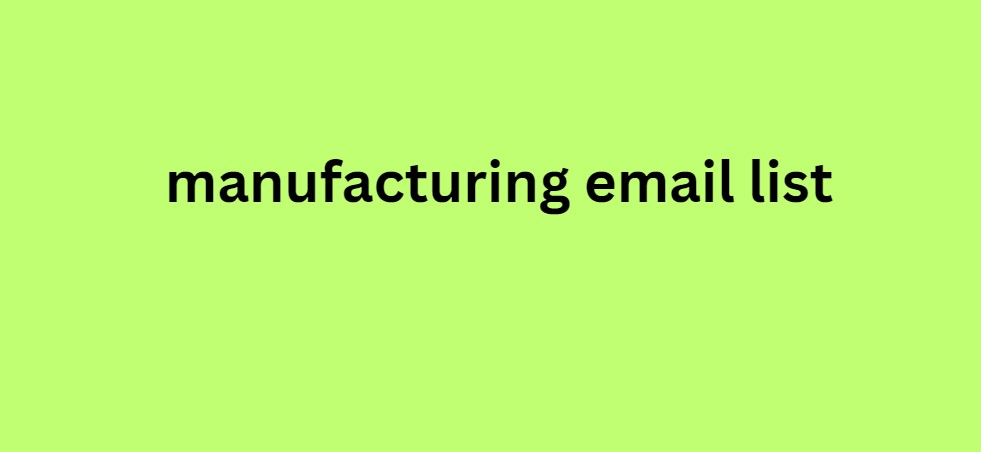Define your blog's audience
Posted: Sun Dec 15, 2024 9:22 am
SEO positioning
As we mentioned at the beginning, Google indexes websites that update their content frequently in higher positions . The parameters it uses to determine whether content is relevant take into account many factors. Google analyzes, among other things, whether the content is duplicated, whether it has the appropriate HTML tags, whether there are incoming and outgoing links, etc.
SEO tools can help published articles rank high in search engine results.
How to include the blog in your digital marketing strategy
The first thing you need to know is that having a blog is not just about writing and publishing whatever comes to mind from time to time . You need to design a strategy with a publication schedule and types of content based on your audience and your goals.
Set your blog goals
As we always recommend, in any digital marketing strategy the first step is to establish the objectives you want to achieve . Remember that these must be measurable and aligned with the general objectives of your company.
Some of the goals of your blog could be, for example, to promote your brand, build customer loyalty, reach your target audience, generate leads, increase sales or improve customer satisfaction.
Before designing the strategy, it is interesting to identify the best practices of your competitors . Select a few companies and analyze what categories their blogs have, what topics they address, how often, and what posts generate the most interaction. With all this, you can get a fairly precise idea of what you need.
What type of audience do you want to reach with your blog? Their profile is probably similar to that of your potential client. Analyze the sociodemographic aspects (gender, age, education, income, lifestyle, etc.). This will help manufacturing email list you establish, among other things, the writing style, more or less formal, and the technical level of your articles .
Determines the contents and formats
Once you know your audience and what content is valuable to them, you can define the main topic of your blog and the categories it will include . At this point, a prior study of your competition will be very useful.

A blog doesn't only contain text articles. In fact, you should use different formats in your posts to make them more enjoyable . You can include infographics, videos, podcasts, reviews, product comparisons, interviews or any other format that will appeal to your audience.
Create a publishing and dissemination plan
Ideally, you should create an annual publication calendar , although this is not always possible. In any case, plan your content well in advance and take into account how important dates and events affect your business : trade fairs, sales, Christmas, etc.
As we mentioned at the beginning, Google indexes websites that update their content frequently in higher positions . The parameters it uses to determine whether content is relevant take into account many factors. Google analyzes, among other things, whether the content is duplicated, whether it has the appropriate HTML tags, whether there are incoming and outgoing links, etc.
SEO tools can help published articles rank high in search engine results.
How to include the blog in your digital marketing strategy
The first thing you need to know is that having a blog is not just about writing and publishing whatever comes to mind from time to time . You need to design a strategy with a publication schedule and types of content based on your audience and your goals.
Set your blog goals
As we always recommend, in any digital marketing strategy the first step is to establish the objectives you want to achieve . Remember that these must be measurable and aligned with the general objectives of your company.
Some of the goals of your blog could be, for example, to promote your brand, build customer loyalty, reach your target audience, generate leads, increase sales or improve customer satisfaction.
Before designing the strategy, it is interesting to identify the best practices of your competitors . Select a few companies and analyze what categories their blogs have, what topics they address, how often, and what posts generate the most interaction. With all this, you can get a fairly precise idea of what you need.
What type of audience do you want to reach with your blog? Their profile is probably similar to that of your potential client. Analyze the sociodemographic aspects (gender, age, education, income, lifestyle, etc.). This will help manufacturing email list you establish, among other things, the writing style, more or less formal, and the technical level of your articles .
Determines the contents and formats
Once you know your audience and what content is valuable to them, you can define the main topic of your blog and the categories it will include . At this point, a prior study of your competition will be very useful.

A blog doesn't only contain text articles. In fact, you should use different formats in your posts to make them more enjoyable . You can include infographics, videos, podcasts, reviews, product comparisons, interviews or any other format that will appeal to your audience.
Create a publishing and dissemination plan
Ideally, you should create an annual publication calendar , although this is not always possible. In any case, plan your content well in advance and take into account how important dates and events affect your business : trade fairs, sales, Christmas, etc.